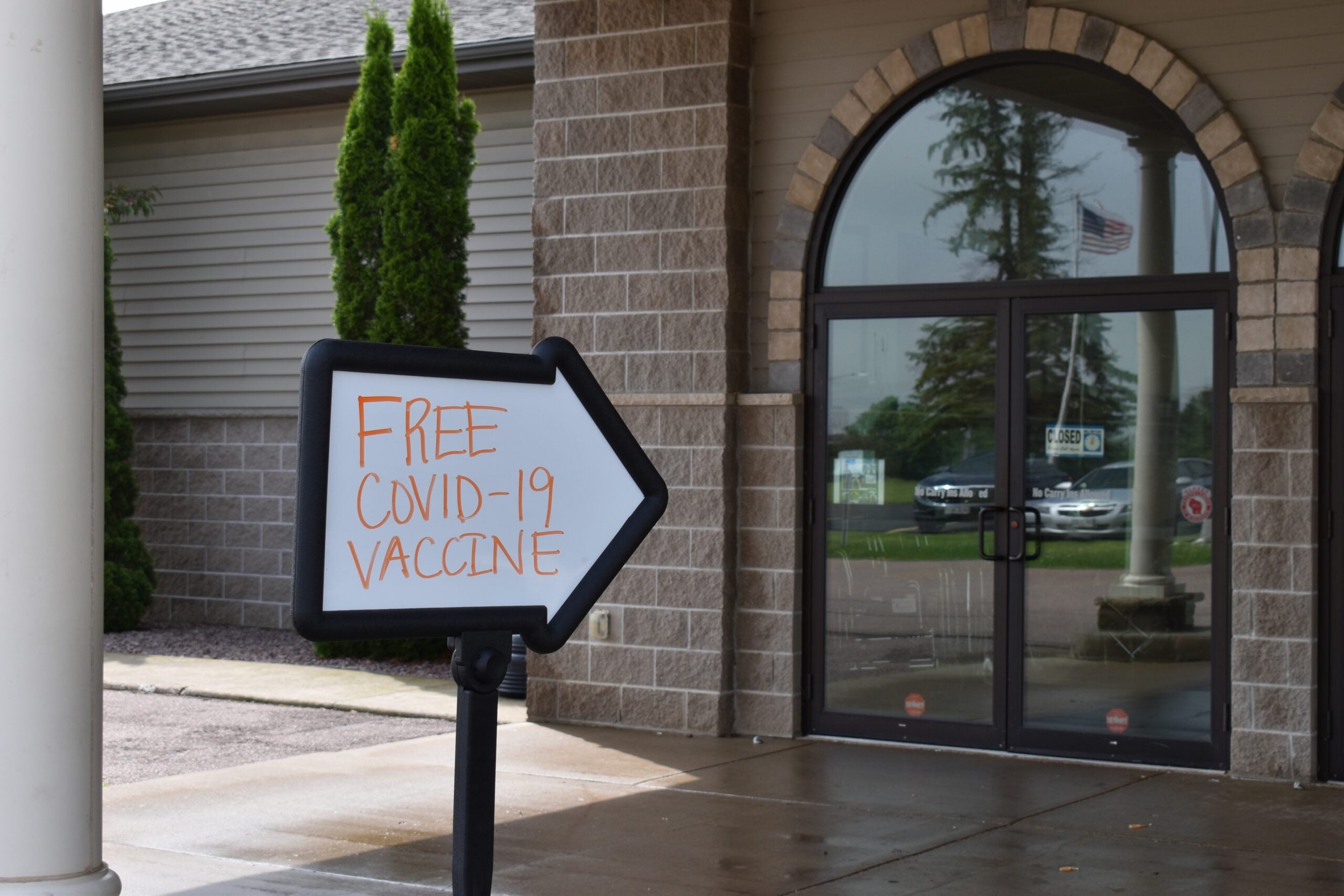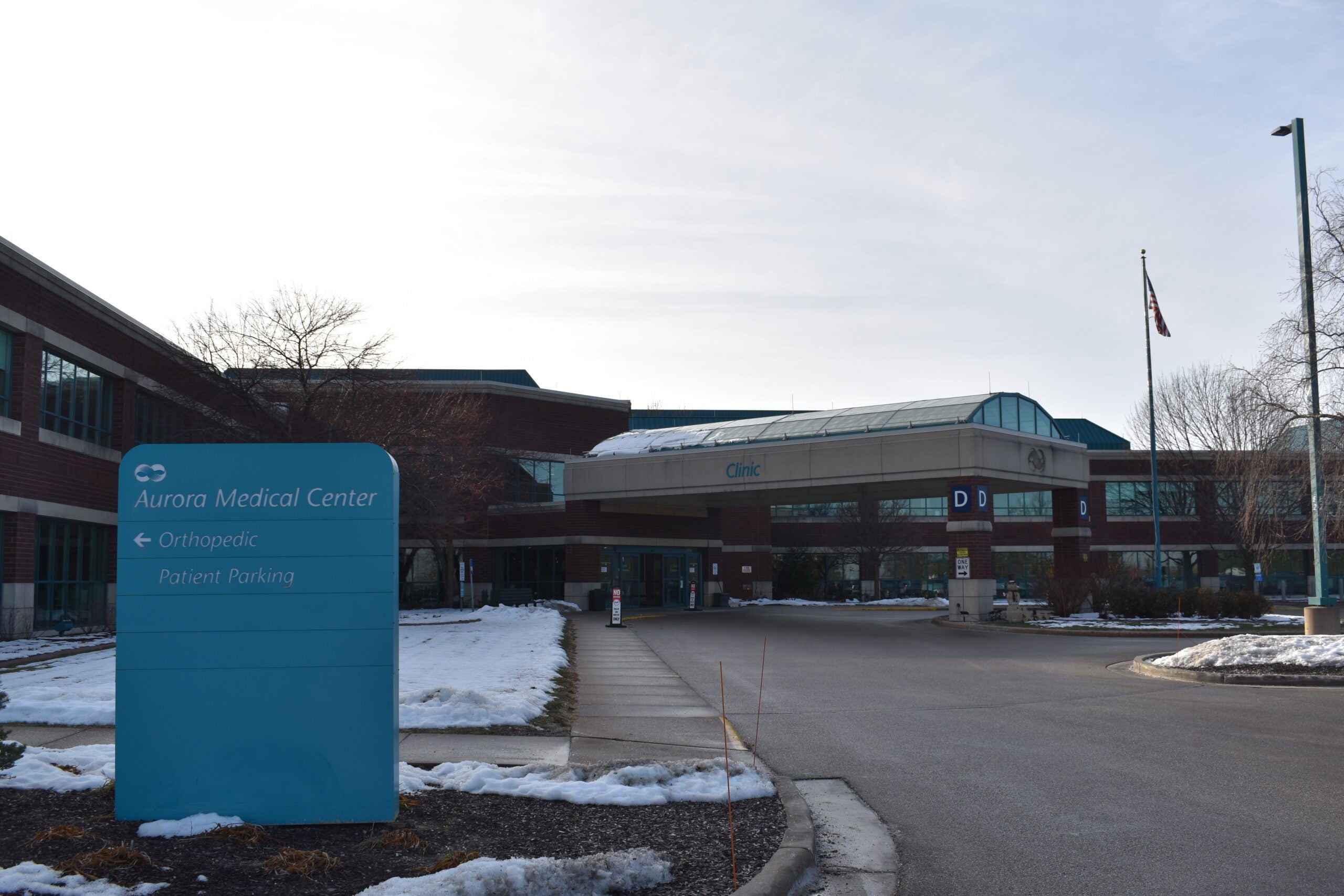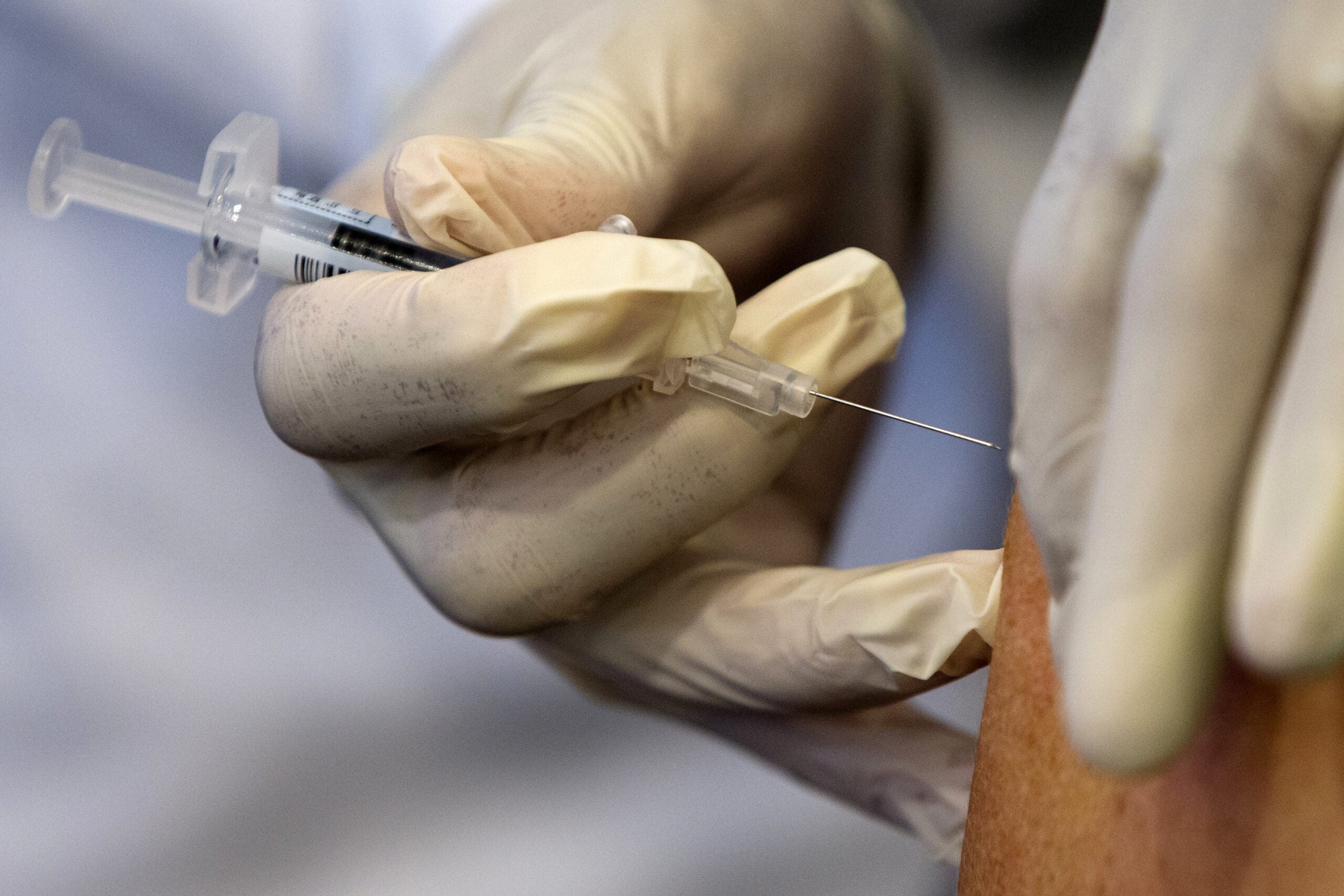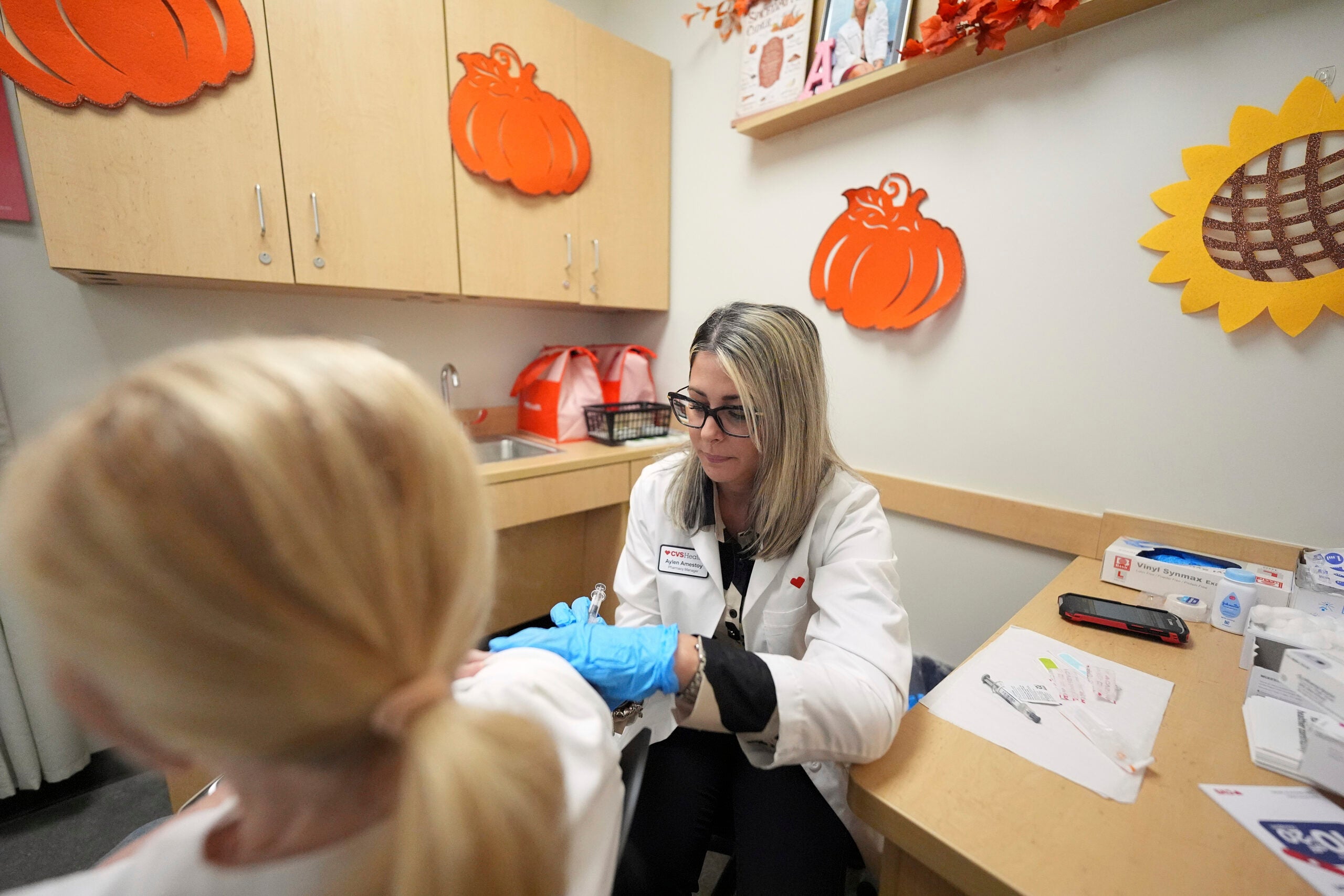The vaccine clinic at the American Legion in Neillsville isn’t on the scale of mass-vaccination events at Lambeau Field or the Wisconsin Center. Clark County’s acting health officer, Kelsey Wussow, says about 30 workers in the area signed up in advance. At a similar clinic in Colby recently, they had about 40 walk-ins as well.
But Wussow and other officials hope small-scale, community-based events that reach a few dozen people at a time can help show people in the community the benefits of getting vaccinated.
Clark County has Wisconsin’s worst rate of COVID-19 vaccinations. Only 23.5 percent of residents have completed their vaccine series, compared to 40.9 percent for the state as a whole. There’s no single reason for this lag; it’s the result of the region’s socioeconomic status, political and religious beliefs.
News with a little more humanity
WPR’s “Wisconsin Today” newsletter keeps you connected to the state you love without feeling overwhelmed. No paywall. No agenda. No corporate filter.
Wussow acknowledges they’ve got a long way to go to close that gap.
“I think back to our 2019-2020 influenza season,” she said. “Thirty percent of Clark County residents got vaccinated against influenza. … As far as the COVID-19 vaccine, we’re not at 30 percent yet, and I don’t really foresee us passing that.”
The clinic on Monday offered the Johnson & Johnson vaccine, which has only a single dose. That means there’s no concern that a vaccine-hesitant recipient might decide not to return for a second dose.
In general, more urban and more affluent areas have had the highest rates of vaccinations in Wisconsin. Some rural areas have lagged behind, especially in politically conservative areas where vaccine-hesitancy might be highest.
Clark County has another barrier: A substantial Amish and Mennonite community who are typically resistant to vaccines of all sorts. Called “Plain People” because they eschew modern dress and technology, there are about 20,000 of them in Wisconsin and settlements of several thousand in Clark County. In general, the Amish decline all vaccinations; some Mennonite communities are open to some vaccines. Neither community has been open to COVID-19 vaccines.
Wussow said the Health Department has a good relationship with both communities, sharing health information with community liaisons. They have a mailing list that goes to 100 lead community members, bishops in the church and others, sharing news and information about the pandemic and other health topics. But it hasn’t translated into much uptake for the COVID-19 vaccine.
Wisconsin health officials had previously said the state could reach herd immunity from COVID-19 — when roughly 70 percent of the population vaccinated, making it hard for the virus to spread — by this summer. They’ve recently revised that estimate to the fall. But getting there will require an increase in vaccine-taking in rural places like Clark County.
“The more we can encourage people that the vaccine is safe, the vaccine is effective,” Ross said, “it definitely reduces the risk.”
Wisconsin Public Radio, © Copyright 2026, Board of Regents of the University of Wisconsin System and Wisconsin Educational Communications Board.




